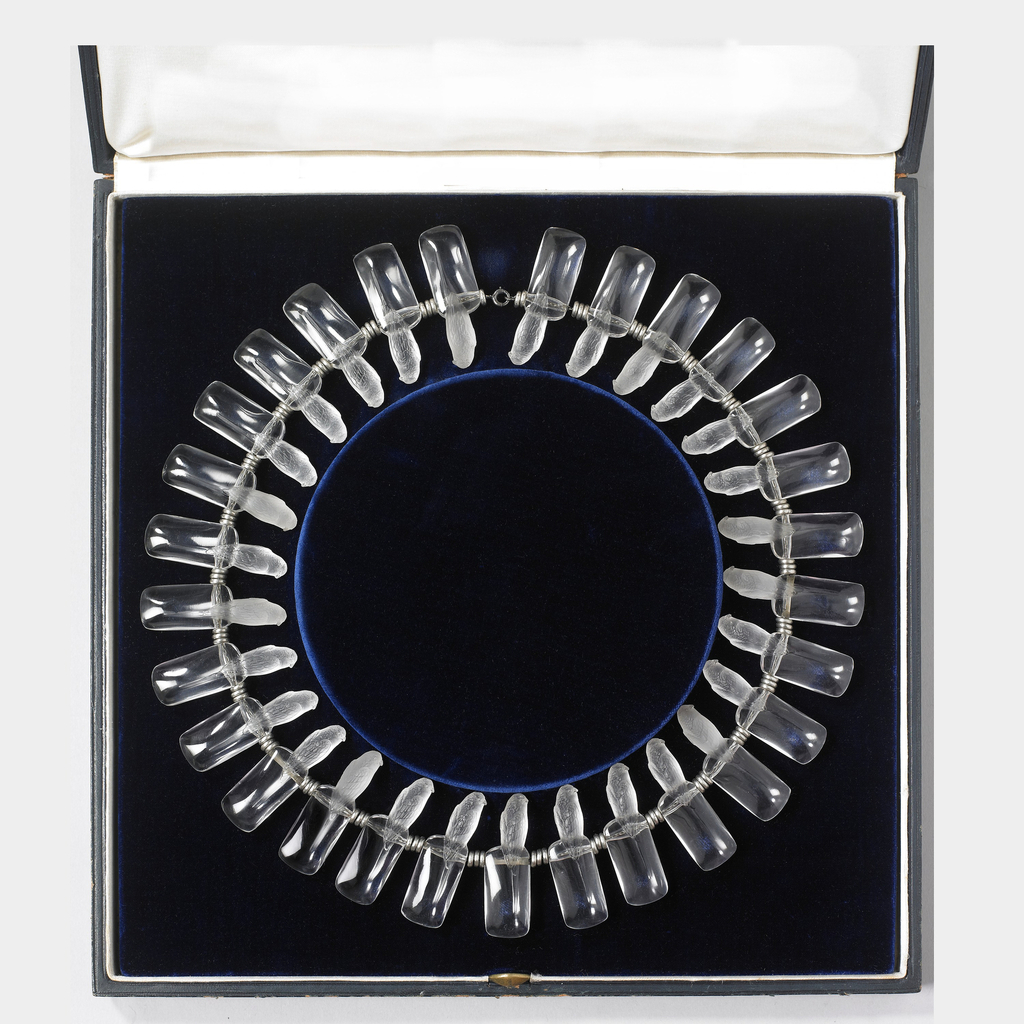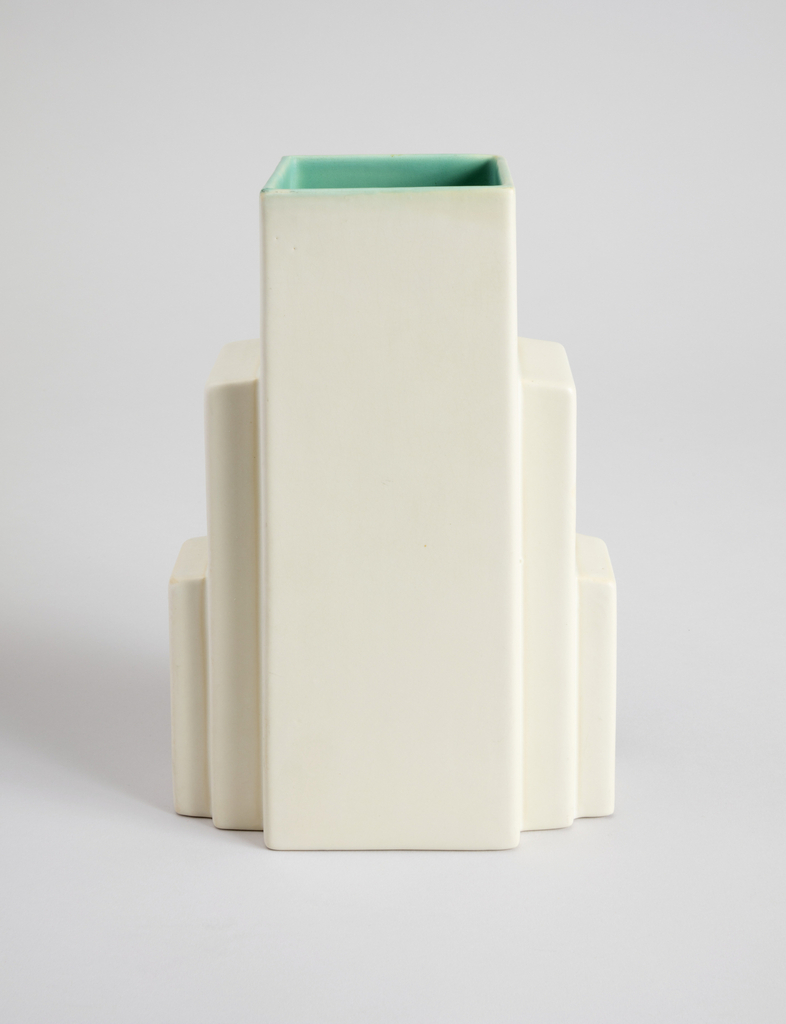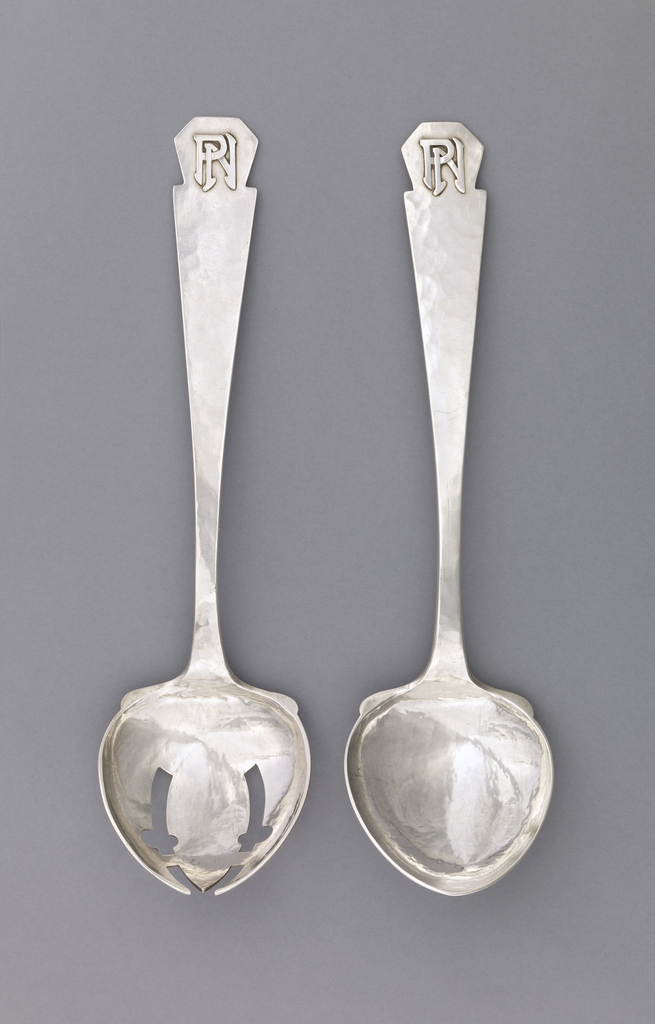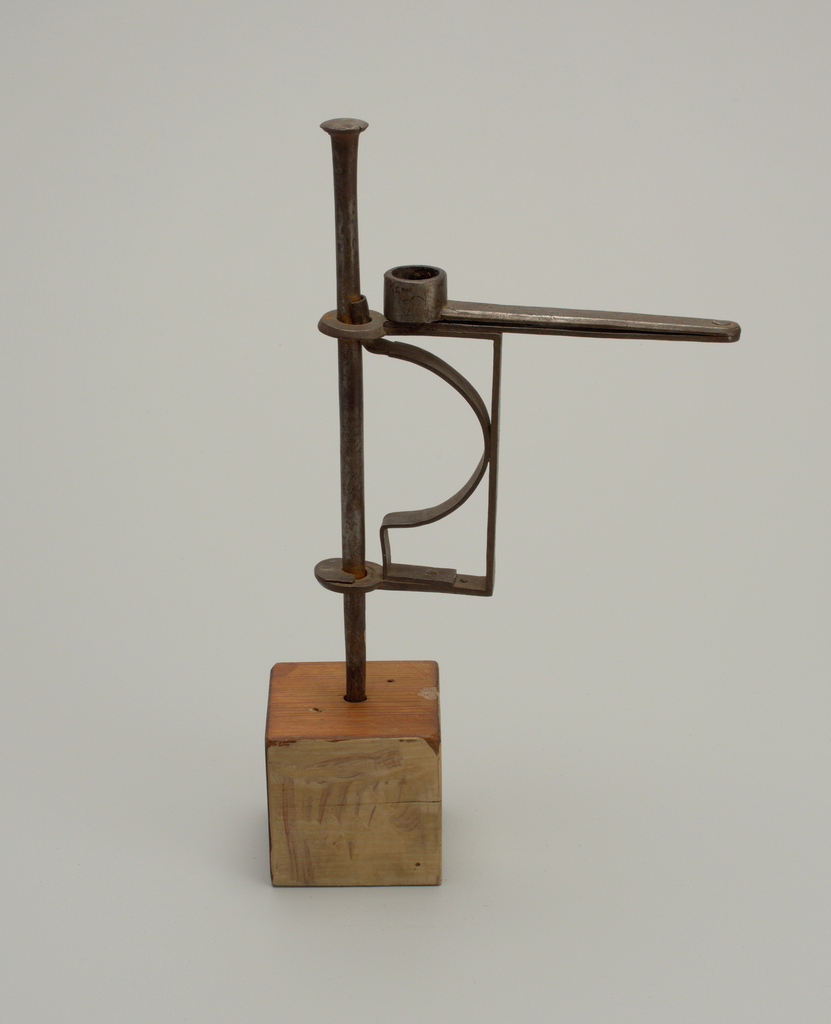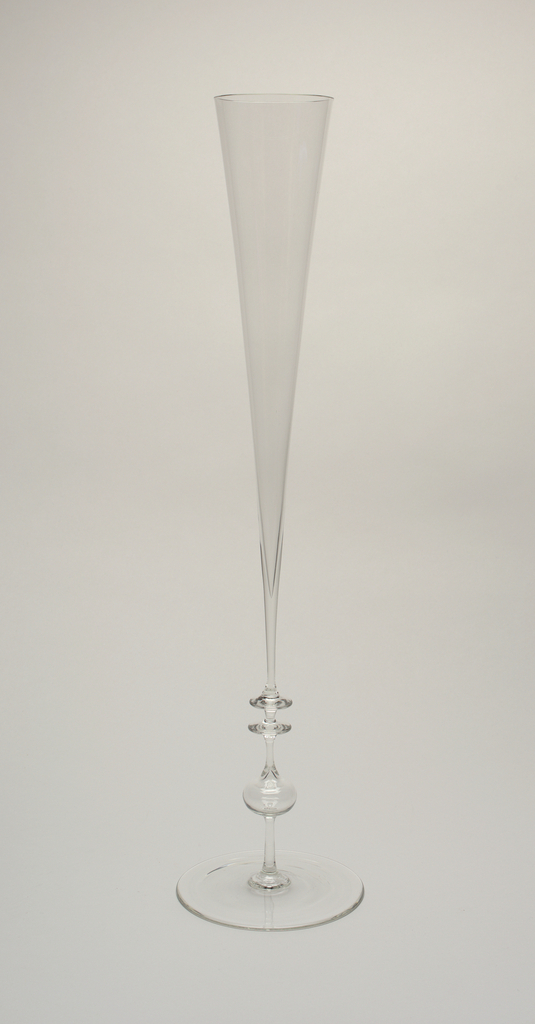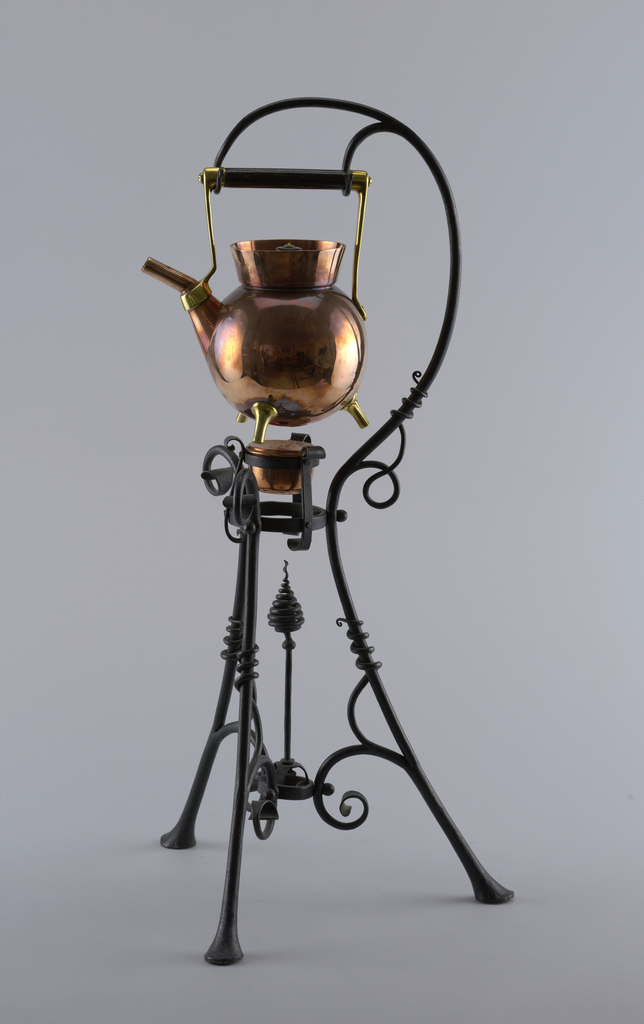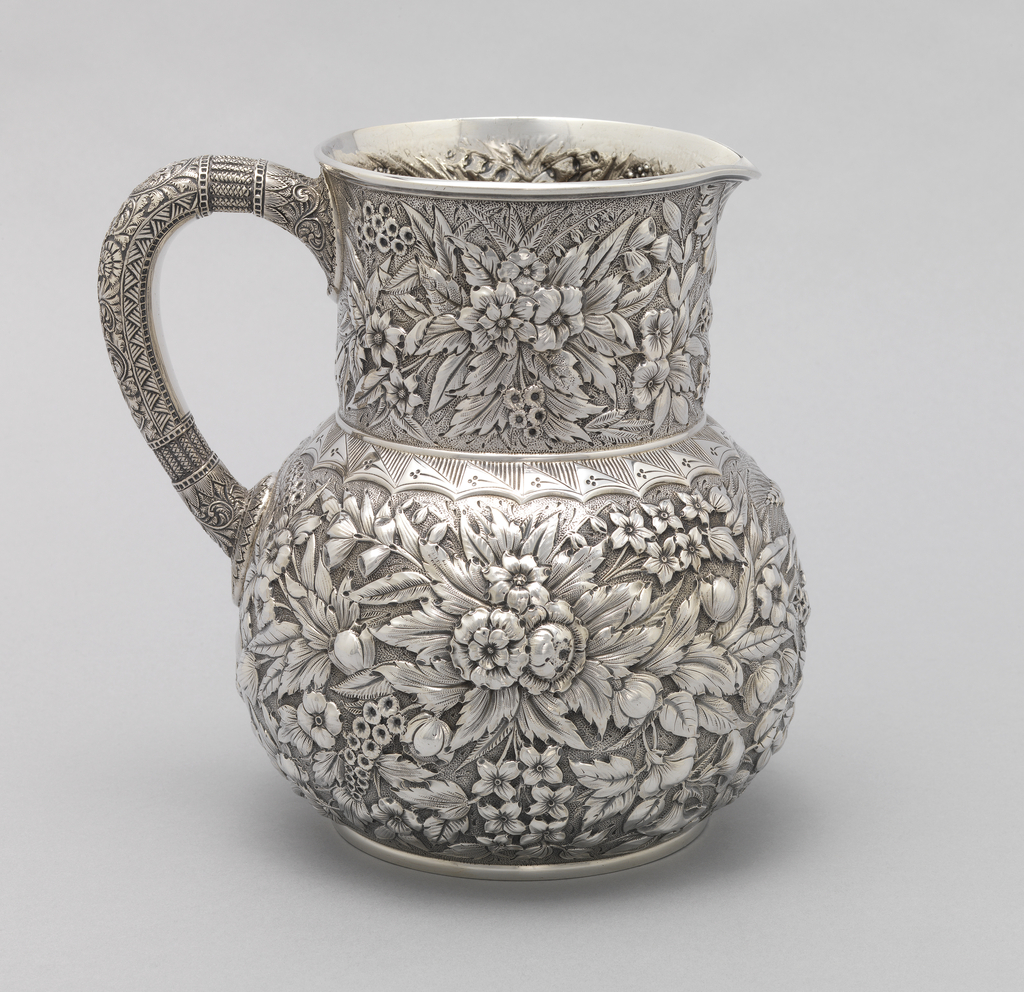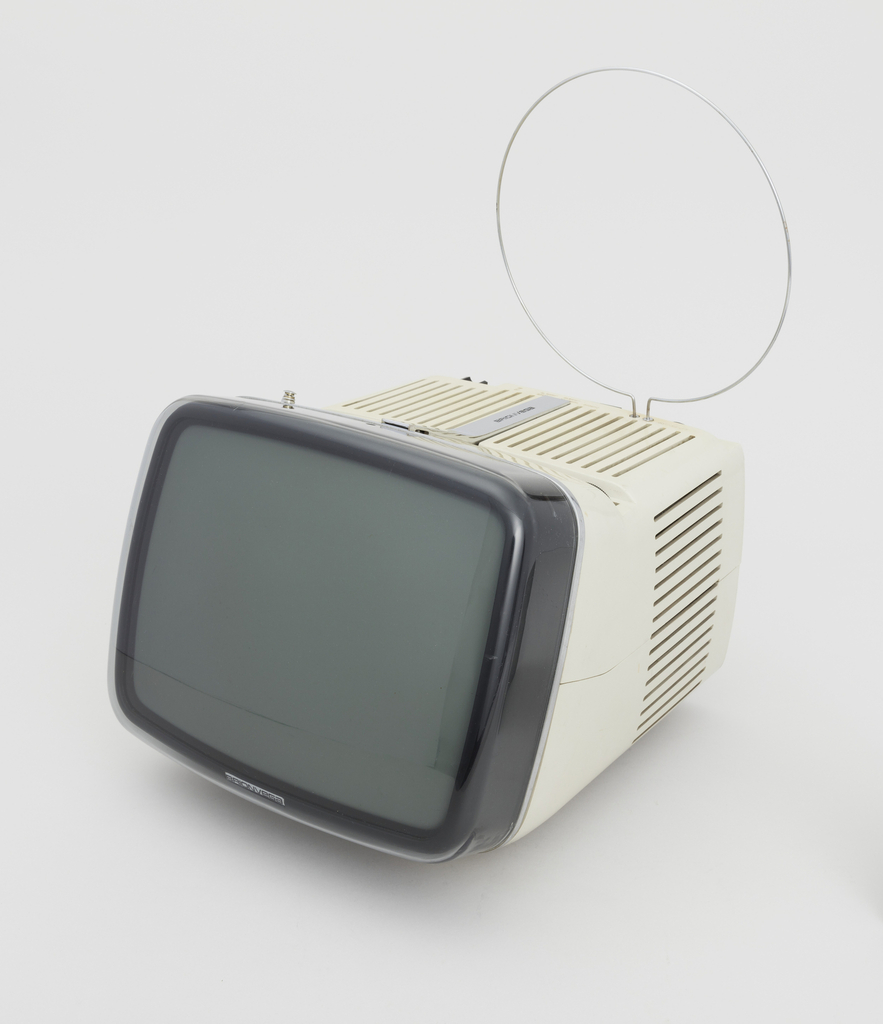René Lalique was one of the most versatile jewelry artists working in the twentieth century, in that he was equally successful in two periods of design history. Lalique created both luxurious one-off pieces for fashionable ladies during the art nouveau period and also successfully created mass-produced glass pieces in the style moderne. Lauded during the...
Even though the stamped marking on the underside of this vase reads “Coors Golden Colorado Pottery,” its coloring is not that of a pale ale. Rather, the exterior is painted with a cream-toned glaze, while its interior is coated in a light teal. This choice of matte glazing further calls attention to the stepped form...
Founded by Clara Barck Welles in 1900, the Kalo Shop was one of the most successful workshops of the Arts and Crafts movement. The name “Kalo” derives from the Greek word for beauty and the motto of the Kalo Shop was “Beautiful, Useful, and Enduring.”[1] The output of the Kalo Shop lived up to this...
One of the most precious household commodities before the advent of electric lights was the candle. Candles were typically burned at night, and only when necessary, as they were laborious to make and costly to buy. The best candles were made of pure beeswax, because these burned cleanly and emitted a pleasant honey odor. Another...
Now on view in The Jazz Age: American Style in the 1920s, this vase by Dagobert Peche is an explosion of movement and life.
Now on view in The Jazz Age: American Style in the 1920s, this Ambassador Vase was likely used in the dining room of Agnes Miles Carpenter's "Style Moderne" Fifth Avenue apartment.
After American Commodore Matthew C. Perry forcibly opened trade relations with Japan in 1854, a cornucopia of Japanese goods flooded into Western markets. The groundbreaking use of perspective and asymmetry in the prints of Japan influenced artists that included Mary Cassatt, Claude Monet, and Vincent Van Gogh. In decorative arts, imported items like fans, kimonos,...
During the second half of the nineteenth century, there was a burgeoning interest in the designs of the Middle East, Japan, and China. This passion for all things that were “exotic” in the eyes of Americans led to a craze for objects inspired by these international decorative arts. At the time, much of the silver...
During the 1950s and 1960s, television was a cultural force both in America and abroad. Milestones that included the Civil Rights movement, the Vietnam War, and the coronation of Queen Elizabeth II were broadcast across the world. Variety and music shows, which included “Ready Steady Go!” and “The Ed Sullivan Show,” drew youth to watch their...
